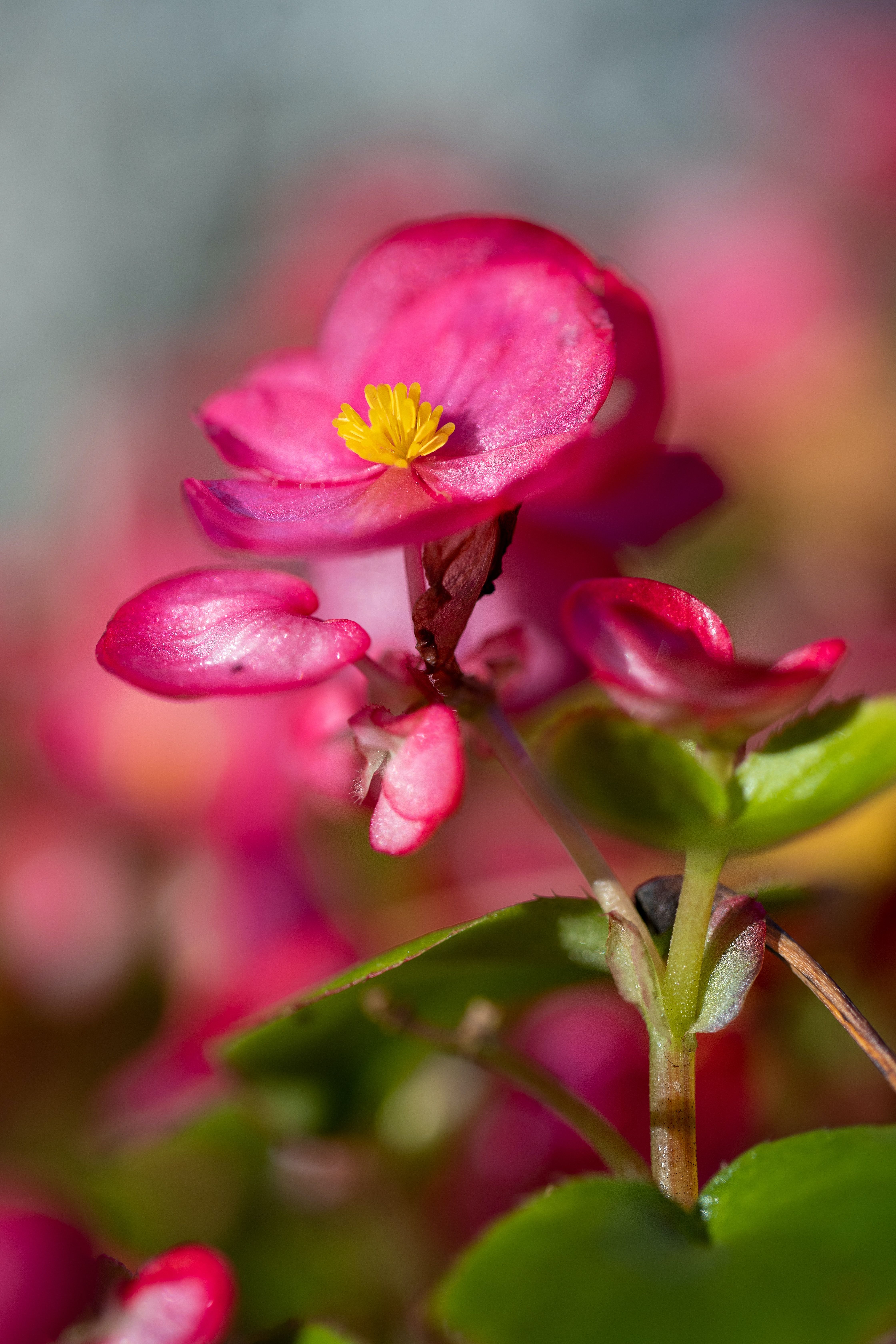
Worst Plants for Pet Owners
You hide the chocolate, ensure the food is quality and water is fresh, and never let your best friend run free unless you’ve scoped out the area first. You look for broken glass, damaged fences, and oncoming traffic. But a lot of common landscaping plants can be just as dangerous for our four-legged friends.
Letting Fido run free in your yard is probably something you love about your space. But, your dog may not appreciate your lawn the same way you do. A few simple steps can help you protect both your lawn and your pup.
Florals

Rhododendrons aka Azaleas
Beautiful and easy to maintain, these bushy plants are a common choice throughout much of the country. But these perennials contain grayantoxin which is fatal to dogs, cats, and horses. Common signs of illness include diarrhea and physical weakness, which can then lead to heart failure.
Tulips & Daffodils
These perennials bloom in the spring and are common throughout much of the United States. Well-loved for their showy color, the bright reds and yellows can attract the attention of your dog, too.
The highest toxicity in both plants is found in the bulb and is a concern for dogs who love to dig. When ingested, both plants can cause vomiting, diarrhea, hypersalivation, and even depression. If your pup swallows a daffodil, the alkaloids can also lead to heart arrhythmia.

Begonias
While more common in the southern U.S., begonias are a popular choice for flower beds and planters in the north as well. What may begin as a curious snack could end in vomiting and hypersalivation for dogs and cats. If Fido returns again and again, kidney failure may follow. This is due to soluble calcium oxalates, which are also found in many varieties of lily.
Ornamentals

Yews
There are almost too many plants in the genus Taxus to count, and with hundreds of cultivars, there’s a yew for every climate. These plants are a fan favorite as low-maintenance evergreens. Unfortunately, every single variety is toxic to almost all living things.
Early signs of yew ingestion include muscle tremors, seizures, and difficulty breathing. But most animals will succumb to the poison before showing any side effects.
Boxwood
Encompassing a large variety of shrubs, boxwoods are easy to care for, deer-resistant, and hardy throughout most of the country. Yet, these plants are full of alkaloids which can cause seizures and even respiratory failure. Early signs will include vomiting and diarrhea.

English Ivy
An evergreen by many names, this climber is also known as branching ivy and California ivy. Whatever you call it, it's not a good idea to allow your curious pooch to get too close. While the foliage is more toxic than the berries, all parts of this plant can lead to vomiting, diarrhea, and abdominal pain.
Many other varieties are just as dangerous. Devil’s ivy and ivy arum are both toxic, but Swedish and grape ivy are not. Before you let the ivy creep, make sure you have a variety that's safe for dogs.
Please note: This is not a complete list. If you’re looking to add a new plant to your landscaping, run it through a comprehensive database. You can also use an app such as Nature ID to identify what is already in your yard. If you decide to remove hazardous plants, be sure to get the roots, too.
You probably don’t give much thought to the plants in your yard, except remembering too late that they need to be watered. But if you have a curious doggo, it’s important to create a safe oasis both outdoors and in.










